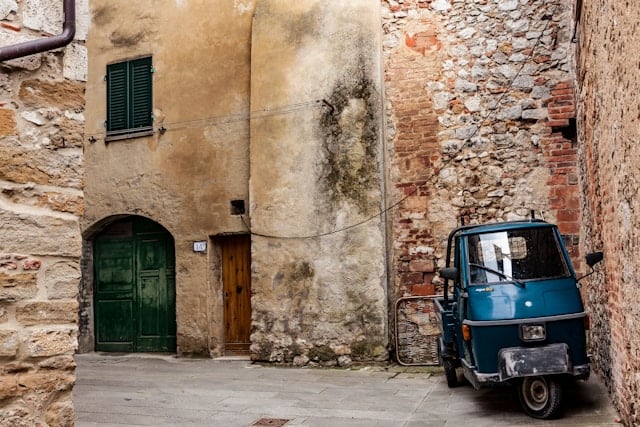Prices were 3.4 percent lower than in the same period last year, according to preliminary data from Istat, the national statistics agency, on Thursday.
Istat said the data confirmed that 2015 had started with “the continuing downward trend in house prices that has lasted for over three years.”
But the sluggish market is spelling opportunities for foreign buyers, especially because of the weaker euro, with plenty of bargains to be found across the country for those with the money to invest.
Read more: Amazing Italian homes for less than €100,000
Authorities in some Italian towns have also come up with more creative ways of reviving sales and developing their towns, such as selling off properties for a euro.



 Please whitelist us to continue reading.
Please whitelist us to continue reading.
Member comments